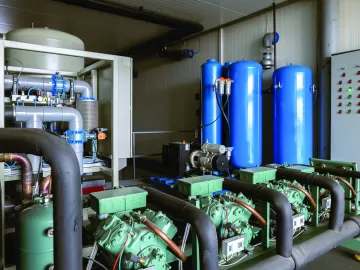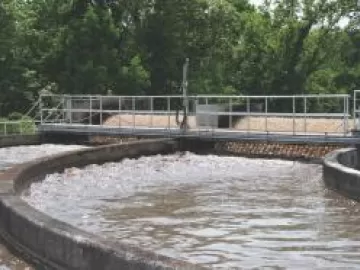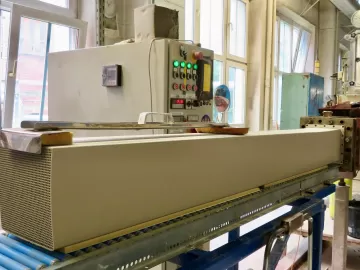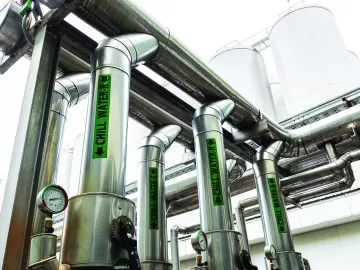AZEK Compressed Air Project Enhances Reliability While Saving Energy
The AZEK Company is a producer of durable and low maintenance building materials, and like many manufacturers, it found its compressed air system to be time consuming and expensive to keep maintained. But that changed after the company replaced its outdated and faulty compressed air system with a new design that includes technically advanced air compressors, dryers, receiver tanks – as well as controls to provide better control of the entire system and achieve optimal performance.












